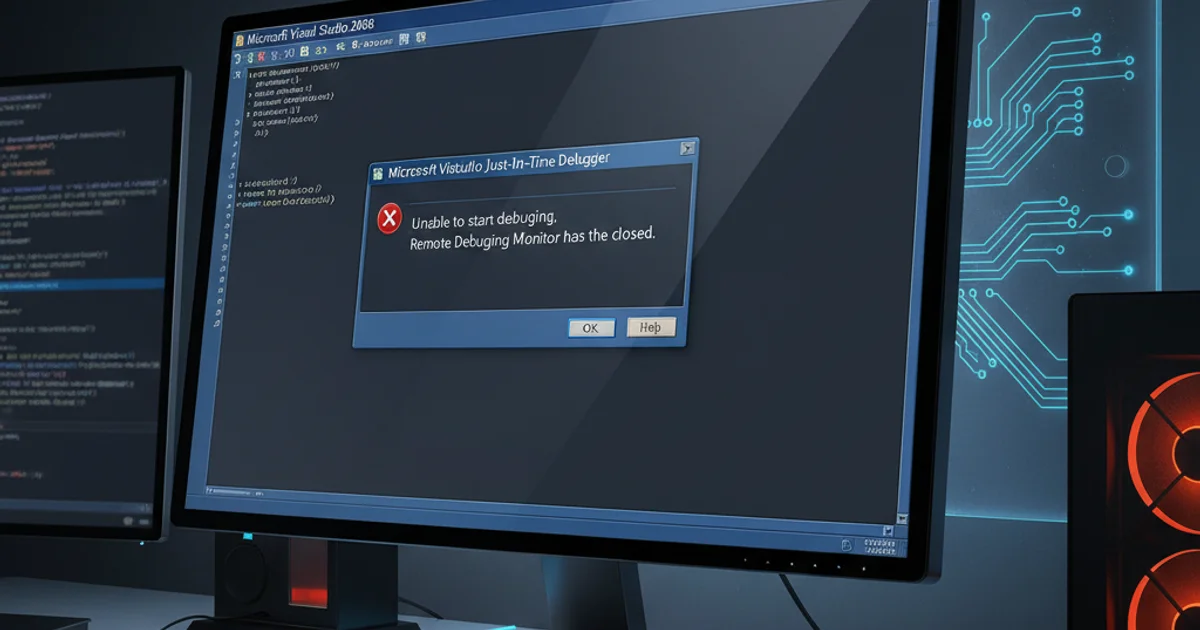Numpy Ceil and Floor "out" Argument
Categories:
Understanding the 'out' Argument in NumPy's ceil and floor Functions

Explore how to efficiently manage memory and store results directly using the 'out' argument in NumPy's np.ceil and np.floor functions, enhancing performance and reducing memory overhead.
NumPy is a fundamental library for numerical computing in Python, widely used for its powerful array objects and efficient mathematical functions. Among these are np.ceil and np.floor, which perform element-wise ceiling and floor operations, respectively. A lesser-known but highly useful feature of these functions (and many other NumPy ufuncs) is the out argument. This argument allows you to specify an existing array where the result of the operation should be stored, rather than creating a new array. This can be particularly beneficial for performance-critical applications and memory management, especially when dealing with large datasets.
What is the 'out' Argument?
The out argument in NumPy's universal functions (ufuncs) like np.ceil and np.floor provides a mechanism to control where the computed results are placed. By default, these functions allocate new memory to store their output. However, when you pass an existing NumPy array to the out argument, the function will perform the operation and write the results directly into that pre-allocated array. This avoids the overhead of creating and garbage collecting new arrays, which can lead to significant performance improvements and reduced memory footprint in iterative computations or when memory is a constraint.
flowchart TD
A[Input Array] --> B{np.ceil/np.floor}
B --> C{Is 'out' argument provided?}
C -- Yes --> D[Store result in 'out' array]
C -- No --> E[Create new array for result]
D --> F[Return 'out' array]
E --> F[Return new array]Decision flow for NumPy ufuncs with and without the 'out' argument.
Practical Usage of 'out' with np.ceil and np.floor
Using the out argument is straightforward. You simply create an array of the appropriate shape and data type (or one that can be safely cast to the output type) and pass it to the out parameter. The function will then modify this array in place. It's crucial that the out array has a compatible shape with the expected output of the operation. If the shapes are incompatible, NumPy will raise an error.
import numpy as np
# Example 1: Without 'out' argument (default behavior)
input_array = np.array([1.2, 2.7, 3.0, 4.5])
ceiled_default = np.ceil(input_array)
floored_default = np.floor(input_array)
print(f"Original array: {input_array}")
print(f"Ceiled (default): {ceiled_default}")
print(f"Floored (default): {floored_default}\n")
# Example 2: With 'out' argument
output_ceil = np.empty_like(input_array, dtype=int) # Pre-allocate an array for ceiling
output_floor = np.zeros_like(input_array, dtype=int) # Pre-allocate an array for floor
np.ceil(input_array, out=output_ceil)
np.floor(input_array, out=output_floor)
print(f"Ceiled (using 'out'): {output_ceil}")
print(f"Floored (using 'out'): {output_floor}")
# Verify that the output arrays are indeed modified in place
print(f"Is output_ceil the same object as ceiled_default? {output_ceil is ceiled_default}")
print(f"Is output_ceil the same object as input_array? {output_ceil is input_array}")
# Demonstrating type casting with 'out'
input_float = np.array([1.1, 2.9, 3.5])
output_int = np.empty_like(input_float, dtype=int)
np.ceil(input_float, out=output_int)
print(f"\nCeiled float to int: {output_int}")
Demonstrating np.ceil and np.floor with and without the out argument.
out, ensure the target array's dtype is compatible with the operation's output. For ceil and floor, if the input is float, the output can be float or integer. If the out array has an integer dtype, the result will be cast to integer, truncating any decimal part after the ceiling/floor operation.Benefits and Considerations
The primary benefits of using the out argument are performance and memory efficiency. By avoiding repeated memory allocations and deallocations, you can reduce the computational overhead, especially in loops or functions called many times. This is particularly relevant in scientific simulations, data processing pipelines, or embedded systems where resources are limited.
However, there are also considerations:
- Shape and Dtype Compatibility: The
outarray must have a shape that matches the expected output and a data type that can accommodate the results. Incompatible shapes will raise aValueError. - In-place Modification: The
outarray is modified in place. If you need to preserve the original contents of theoutarray for later use, you should make a copy before passing it to the function. - Readability: While efficient, extensive use of
outmight sometimes make code slightly less readable for those unfamiliar with the pattern, as it deviates from the typical functional programming style of returning new objects.
out argument with arrays that are views of other arrays or have shared memory. Modifying an out array in place can inadvertently change data in other parts of your program if they share the same memory block.In summary, the out argument in NumPy's np.ceil and np.floor (and other ufuncs) is a powerful tool for optimizing performance and memory usage. By understanding its mechanics and implications, you can write more efficient and resource-conscious NumPy code.